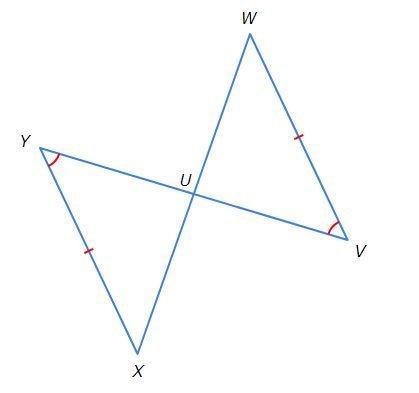
Mathematics, 02.05.2021 21:00 kdawg203
Choose a topic of general interest to you. Instead of conducting a “scientific” survey using sound principals of random selection, use a convenience sample consisting of respondents who are readily available (friends, relatives, other students, etc.). The Conducting a Non-Scientific Survey Document will guide you every step of the way. Please make sure that all areas covered in this document are covered in your submission. The Conducting a Non-Scientific Survey Document provides an example for you to follow, but you may not use this example in your assignment submission. Be sure to come up with your own topic to explore, rather than the example topic provided for you. Survey Document
Analyze and interpret the results.
Identify the population.
Identify the short comings of using a convenience sample.
Try to identify how a sample of subjects randomly selected from the population might be different
This is an example
Conducting a non-scientific survey 1. Pick a mostly neutral topic – something people aren’t going to be riled up about and nothing about which privacy and confidentiality would be big concerns. 2. Come up with some research question or hypothesis that you want to explore. a. Research questions – how many people , what do people prefer in b. Hypotheses – More people will than not . People will prefer to . 3. Pick a small sample of family and friends (15-20 people should do it). Be sure to explain that this is only a class assignment and not “scientific research”. They can be free to give their opinions or make up answers. 4. Write a very small number of questions – 5 or so – and write them as simply and clearly as you can. 5. Collect your data 6. Organize your data into a data set 7. Analyze your data using descriptive statistics like frequencies, percent, Mean, Median, Mode, Standard deviation, range, etc. 8. Summarize your data visually: Create tables or graphs as appropriate. 9. Summarize your data in words. What have you learned or what can you conclude from this data? 10. Reflect: a. What have you learned about survey research in this process? b. What are the pros and cons of conveniences samples? When would a random sample give you better results? c. What have you learned about analyzing and summarizing data?

Answers: 3


Another question on Mathematics

Mathematics, 21.06.2019 19:30
How are sas and sss used to show that two triangles are congruent?
Answers: 1

Mathematics, 21.06.2019 20:40
The graph of a function f(x)=(x+2)(x-4). which describes all of the values for which the graph is negative and increasing? all real values of x where x< -2 all real values of x where -2
Answers: 2

Mathematics, 21.06.2019 22:00
Identify the expression equivalent to 4(x + x + 7) − 2x + 8 − 4 by substituting x = 1 and x = 2.
Answers: 2

Mathematics, 22.06.2019 00:50
Margie is practicing for an upcoming tennis tournament. her first serve is good 20 out of 30 times on average. margie wants to know the estimated probability that her first serve will be good at least four of the next six times she serves. how could she design a simulation for this scenario?
Answers: 3
You know the right answer?
Choose a topic of general interest to you. Instead of conducting a “scientific” survey using sound p...
Questions

Mathematics, 05.04.2021 02:20

History, 05.04.2021 02:20

Spanish, 05.04.2021 02:20


Mathematics, 05.04.2021 02:20



Mathematics, 05.04.2021 02:20




Mathematics, 05.04.2021 02:20

Biology, 05.04.2021 02:20


Mathematics, 05.04.2021 02:20








